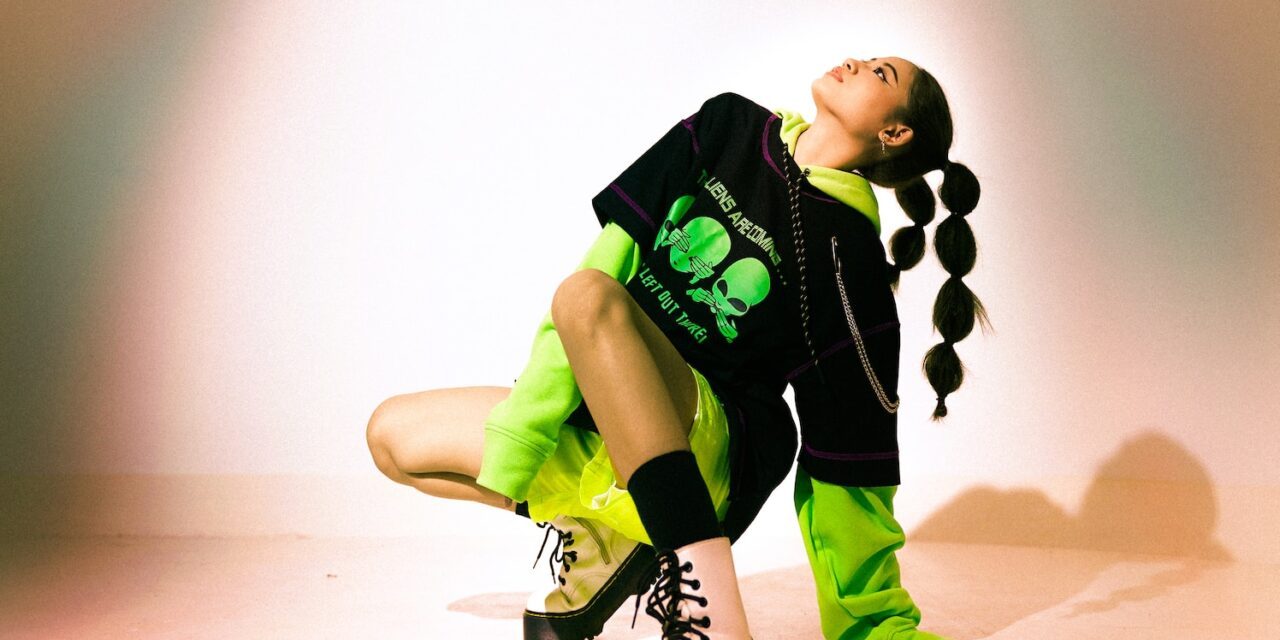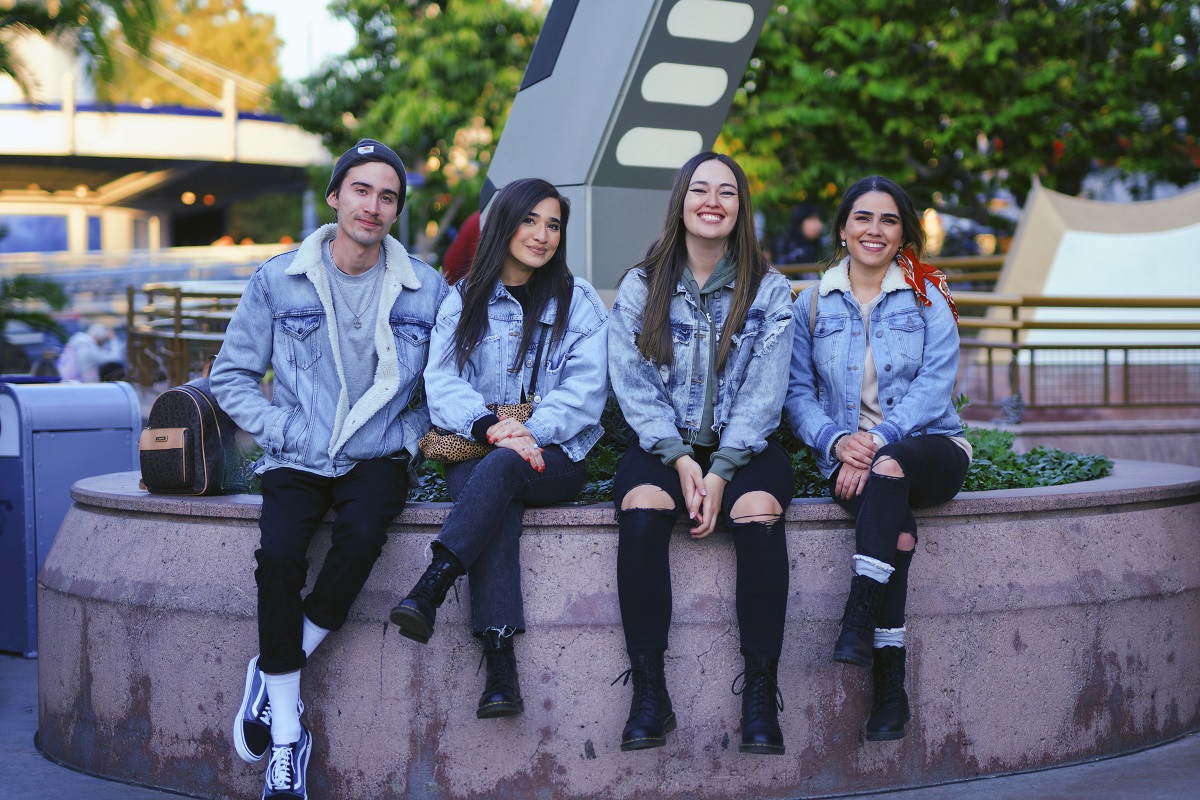Demystifying Streetwear Design When we hear the term “streetwear,” various images come to mind – from oversized hoodies and graphic tees to limited-edition sneakers and bold accessories.
But what is streetwear design, and what makes it such a compelling and influential style in the world of fashion? This comprehensive guide will explore the essence of streetwear design, its history, key elements, and how it has shaped the modern fashion landscape.
The Origins of Streetwear
A Brief History Streetwear, as we know it today, has its roots in the 1980s and 1990s youth culture of major urban centers like New York, Los Angeles, and Tokyo. During this time, skateboarding and hip-hop emerged as powerful cultural forces, driving a unique fusion of style and self-expression that would come to define streetwear design.
The early streetwear brands were heavily influenced by these subcultures, and their products often featured bold graphics, oversized silhouettes, and defiant messaging that resonated with young people seeking to establish their identity. As streetwear gained traction, it began to incorporate elements from other cultural movements, such as punk rock and Japanese street fashion, giving rise to a diverse and ever-evolving aesthetic.
9 Key Elements of What is Streetwear Design
What sets streetwear apart from other fashion styles is its focus on comfort, self-expression, and individuality. One of the most prominent features of streetwear design is the use of casual, functional clothing items like hoodies, t-shirts, and sneakers. These versatile pieces serve as the foundation for many streetwear outfits and provide a canvas for designers to showcase their creativity and ingenuity.
Another defining aspect of streetwear design is the use of bold graphics and unique prints, which often draw inspiration from popular culture, art, and current events. These eye-catching visuals not only make a statement but also allow the wearer to express their identity and connect with like-minded individuals.
- Casual and comfortable clothing: Streetwear design emphasizes functionality and comfort, often featuring casual garments such as hoodies, t-shirts, sweatpants, and sneakers as the foundation for many outfits.
- Bold graphics and unique prints: Streetwear designs frequently incorporate eye-catching visuals inspired by popular culture, art, and current events. These graphics and prints allow wearers to express their individuality and connect with like-minded individuals.
- Oversized and relaxed silhouettes: Streetwear often embraces loose-fitting and oversized clothing that prioritizes comfort and ease of movement while making a strong visual statement.
- Layering: Layering is a common styling technique in streetwear, as it allows for versatility and adds depth to outfits. Combining different textures, patterns, and colors can create a dynamic and visually appealing look.
- Limited-edition releases and collaborations: Many streetwear brands build hype and exclusivity through limited-edition releases, also known as “drops,” and collaborations with other brands, artists, or designers.
- Influence from subcultures: Streetwear design is heavily influenced by various subcultures, including skateboarding, hip-hop, punk rock, and Japanese street fashion. These cultural influences contribute to the diverse and ever-evolving aesthetic of streetwear.
- DIY and customization: Streetwear enthusiasts often customize their clothing and accessories, adding personal touches or modifying existing pieces to create one-of-a-kind items that reflect their individual style and identity.
- Logos and branding: Prominent logos and branding are common in streetwear design, as they serve as a way for individuals to signal their allegiance to specific brands and communities.
- Street-inspired accessories: Streetwear outfits are often completed with accessories such as hats, beanies, backpacks, and bold jewelry that complement the overall aesthetic and add a unique flair.
The Impact of Streetwear Design on the Fashion Industry
Streetwear design has left an indelible mark on the fashion industry, challenging conventional notions of style and paving the way for a more inclusive and diverse fashion landscape. By embracing the ethos of streetwear – authenticity, self-expression, and accessibility – many fashion brands have been able to connect with a broader audience and tap into the cultural zeitgeist.
Moreover, the success of streetwear brands has forced the fashion industry to reevaluate its approach to design, marketing, and retail. Collaborations between streetwear labels and luxury brands, as well as the emergence of direct-to-consumer platforms and limited-edition “drops,” have reshaped the way fashion is consumed and experienced.
Streetwear Design as a Platform for Activism and Social Change
In addition to its influence on fashion, streetwear design has also served as a platform for activism
and social change. Many streetwear brands have used their designs and messaging to raise awareness about important social issues, such as racial inequality, environmental conservation, and mental health. By leveraging their influence and cultural relevance, these brands are able to spark meaningful conversations and inspire action among their followers.
For example, Patagonia, a streetwear brand known for its commitment to sustainability, has consistently used its platform to advocate for environmental causes and promote responsible consumption. Similarly, brands like Noah and Obey have utilized their designs to address social and political issues, demonstrating the power of streetwear as a tool for change.
The Future of Streetwear Design
As streetwear continues to evolve and shape the fashion landscape, it is likely that we will see even more innovation and experimentation within the realm of streetwear design. Emerging technologies, such as digital clothing and virtual reality, have the potential to transform the way we experience and engage with fashion, opening up new possibilities for self-expression and creativity.
Additionally, as the fashion industry becomes increasingly conscious of its impact on the environment and society, streetwear brands are likely to play a crucial role in driving sustainable practices and promoting ethical consumption. By staying true to its roots and embracing its unique position at the intersection of culture, fashion, and activism, streetwear design has the potential to lead the industry towards a more inclusive and responsible future.
The Art of Streetwear Design: Tips and Tricks of what is streetwear design
For those looking to delve into the world of streetwear design, there are a few key principles to keep in mind. First and foremost, streetwear is all about authenticity and self-expression, so it’s essential to stay true to your own personal style and vision. Drawing inspiration from various sources – whether it’s music, art, or even your own experiences – can help you develop a unique and compelling aesthetic.
When it comes to the actual design process, don’t be afraid to experiment with different materials, textures, and silhouettes. Streetwear thrives on innovation and pushing boundaries, so challenge yourself to think outside the box and explore unconventional approaches. Collaborating with other creatives, such as graphic designers and photographers, can also help bring your ideas to life and elevate your designs.
The Power of Streetwear Design in Shaping Identity and Culture
The enduring appeal of streetwear design lies not just in its aesthetic but also in its ability to empower individuals and foster a sense of belonging. For many, wearing streetwear is an act of self-expression and a way to communicate their identity, values, and affiliations.
Streetwear has also played a crucial role in bridging the gap between different cultural groups, as it often transcends geographical and socio-economic boundaries. By fostering a shared language and aesthetic, streetwear design has helped create a global community of fashion enthusiasts who are united by their love for the style and the culture it represents.
As streetwear continues to evolve and shape the fashion landscape, it is clear that its impact extends far beyond the realm of design. By championing authenticity, individuality, and inclusivity, streetwear design has the power to transform not only the way we dress but also the way we perceive and engage with the world around us.
Frequently Asked Questions
- What is streetwear design? Streetwear design is a distinct aesthetic within the fashion industry that focuses on casual, comfortable clothing, bold graphics, and unique prints. It is heavily influenced by youth culture, subcultures such as skateboarding and hip-hop, and the urban environment.
- What are some popular streetwear brands? Some popular streetwear brands include Supreme, Stüssy, BAPE, Off-White, and Palace. These brands have helped shape the streetwear aesthetic and have achieved cult status among fashion enthusiasts.
- How can I start my own streetwear brand? Starting your own streetwear brand requires a strong vision, a unique aesthetic, and a deep understanding of the streetwear culture. Networking within the industry, developing a solid business plan, and building a strong online presence are essential steps in launching a successful streetwear brand.
- Can streetwear be considered high fashion? Yes, streetwear has increasingly become intertwined with high fashion as luxury brands and high-end designers have embraced the streetwear aesthetic. Brands like Off-White and Vetements have successfully merged streetwear with high fashion, creating a unique hybrid style that appeals to both streetwear enthusiasts and fashion connoisseurs.
- How has streetwear influenced mainstream fashion? Streetwear has had a significant impact on mainstream fashion, challenging traditional notions of style and driving a more inclusive and diverse fashion landscape. It has also inspired new approaches to design, marketing, and retail within the industry, such as collaborations between streetwear and luxury brands and the rise of direct-to-consumer platforms and limited-edition “drops.”
Conclusion
Celebrating the Enduring Influence of Streetwear Design From its humble beginnings in the urban subcultures of the 1980s to its current status as a global fashion phenomenon, streetwear design has proven to be a powerful force in shaping both the fashion industry and our collective cultural identity. As we look to the future, it’s clear that streetwear design will continue to evolve, challenge, and inspire, leaving an indelible mark on the world of fashion and beyond.
Whether you’re a seasoned streetwear enthusiast or just beginning to explore this compelling style, we hope that this comprehensive guide has provided valuable insights into the world of streetwear design and its lasting influence on the fashion landscape.










